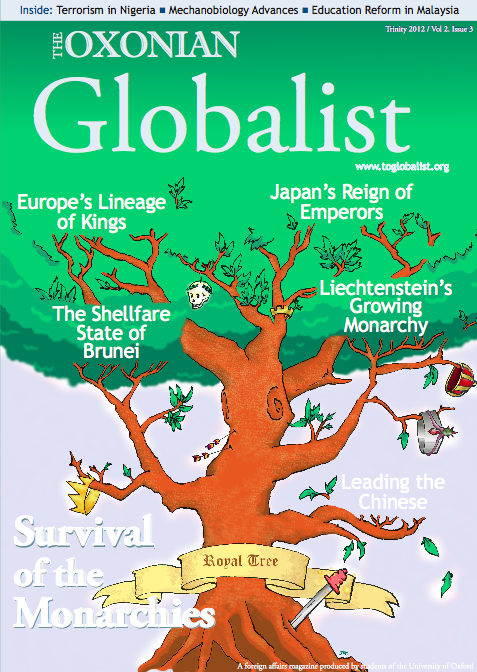
The Durand Line, the porous border between Afghanistan and Pakistan that cuts through Pashtun tribal areas. Photo by Wenchmagnet via Flickr.
Ever since the Soviet invasion of Afghanistan in 1979, the situation on Pakistan’s Afghan border has been continuously volatile. The extremely porous border, namely Durand Line, is spread across a vast mountainous region. With a concrete border existing only in maps, locals often venture freely on either side of the border due to the historic connection with their brethren of the same Pashtun ethnicity.
After the U.S. invasion in 2001, thousands of fighters belonging to various militant factions fled across the border into Pakistan. The Pakistani Pashtuns, in line with their honour code, welcomed these fighters warmly. The government and military had little control over affairs in this tribal area, to regulate the border crossings. The Pakistan military responded by deploying troops inside the Federally Administered Tribal Areas (FATA) in 2002 under the operation “Meezan”: this was the first time the military had entered these areas since independence from colonialism in 1947.
In 2004 the army started its operations in South Waziristan, “reportedly undertaken after intense U.S pressure”. During this operation indiscriminate bombing by the army resulted in high civilian casualties which eventually helped the militant cause. Three years later, in December 2007, thirteen militant factions formed the umbrella group named Tehrik-e-Taliban Pakistan (TTP). Baitullah Mehsud was named the group’s leader and their headquarters were located in South Waziristan agency in the FATA. The TTP, although widely perceived to be an ideological movement to impose Sharia in Pakistan, is actually motivated by feelings of revenge and hatred towards the USA and the Pakistan Army which the TTP see as America’s stooge, while only a small portion of the movement’s ranks are ideologically motivated.
As the TTP took shape, their demands and aims came to the fore. The very first demand that came from the militants was to stop military action in the tribal areas within ten days. The TTP then stated its aims and principles which were primarily to enforce “Sharia law, unite against NATO forces in Afghanistan, fight a defensive ‘jihad’ against the Pakistani military while reacting strongly if the Army did not stop its operations”. Yet other demands included “abolition of all military check posts, immediate release for the Lal Masjid cleric and a refusal of any future peace deal with the Pakistani government”. These demands gave an overview of this new Taliban movement influenced by the Afghan Taliban.
In 2008, the year after the TTP’s formation, sixty one suicide bombings struck Pakistan, killing 889 people, the highest number of suicide bombings within a single year in Pakistan’s history. The next year was even worse when 88 bombings hit Pakistani security and civilian sites. While not all of these attacks were claimed by the TTP, most of them were thought to be either their work or that of an organisation’s which was linked to the TTP. Subsequent years brought the Pakistan no respite.
However, it is interesting to note the targeted sites of these bombings. From 1995 to 2007, the year of the TTP’s formation, only 4 bombings targeted the Pakistani security apparatus. In 2008 alone, this number had risen to 31 showing clearly who the TTP’s prime target was. A heated debate on the TTP started in Pakistan. Some claimed they were freedom fighters merely reacting to the imperialism of Western forces and their perceived stooges, the Pakistan Army. Others insisted these were “mujahideen” who turned into terrorists after the Afghan war. Yet others thought of them as extremists trying to impose their version of harsh Islamic law in the Pakistani state. The latter were of the opinion that they should be dealt with harshly by the army.
Perceptions of Taliban in the society had a multi-pronged effect on Pakistani social circles. People who subscribed to the first view were deemed Taliban-sympathisers and fundamentalists themselves. Others who thought of the Taliban to be extremists were labeled “liberal fascists”. This phenomenon polarised Pakistani society to a great extent. It was during this time that bombs rained on civilians and the military amidst drone strikes by the Americans on “suspected terrorists” and jet fighter bombings by the Pakistani military itself. The problem of the TTP however, continued to grow.
Ahsan Chawla is an undergraduate student at the Lahore University of Management Sciences. This article originally appeared on our partner website, Graphite Publications, here: http://graphitepublications.com/pakistans-taliban-part-i-growth/



